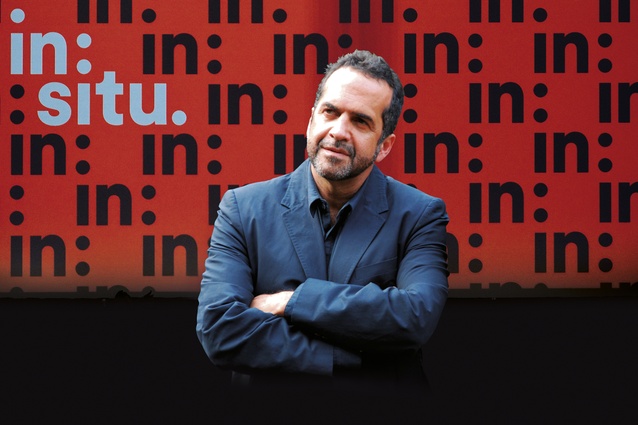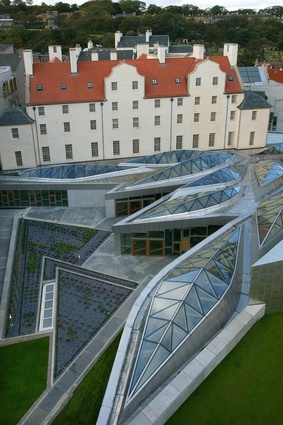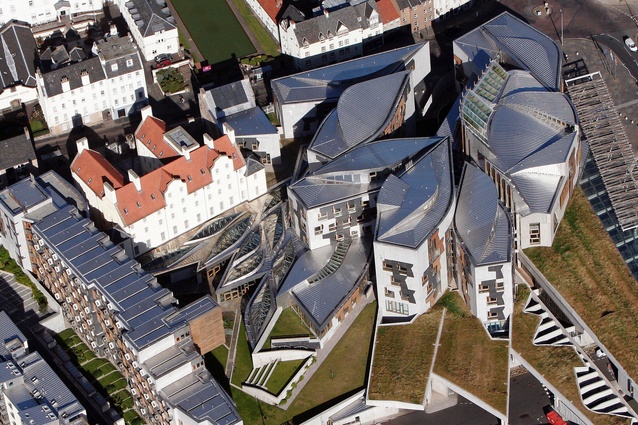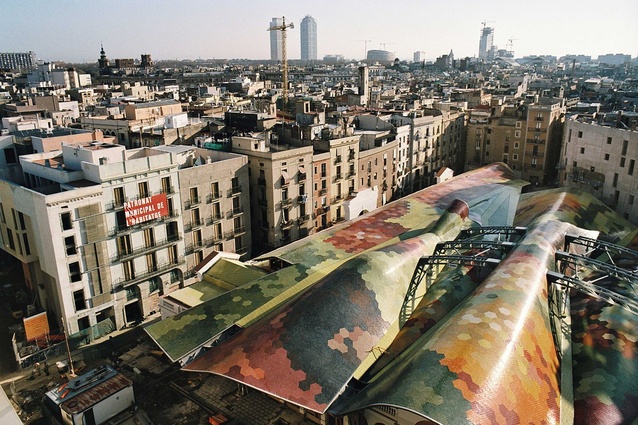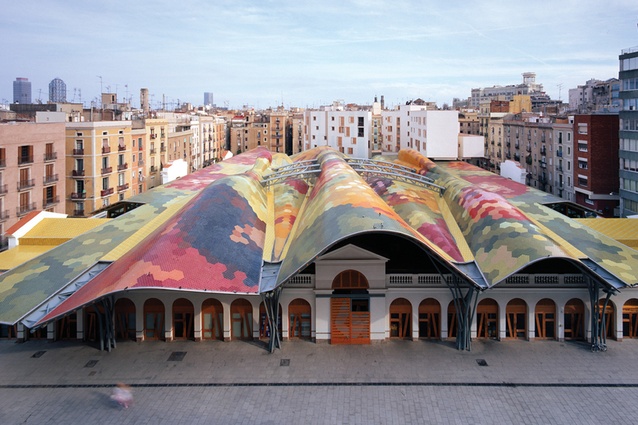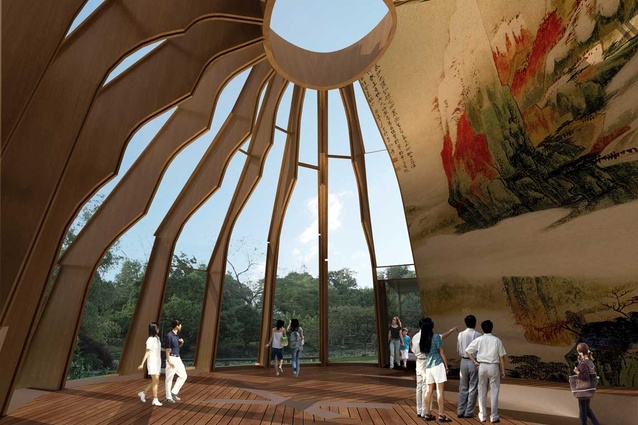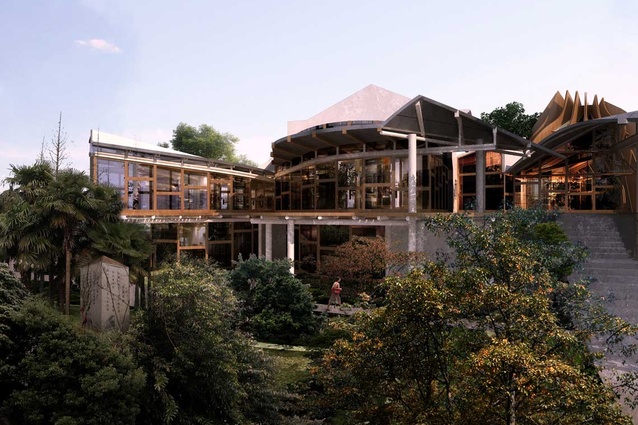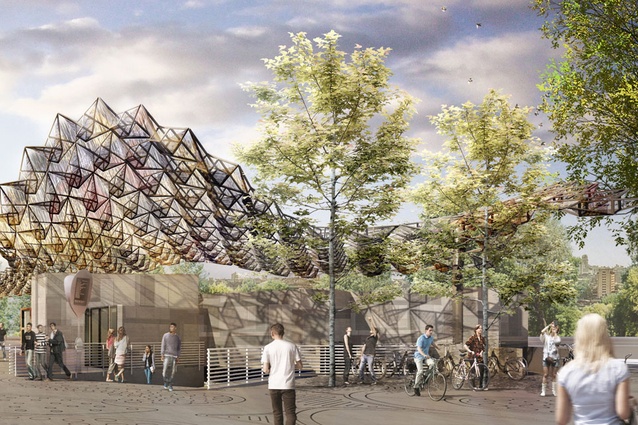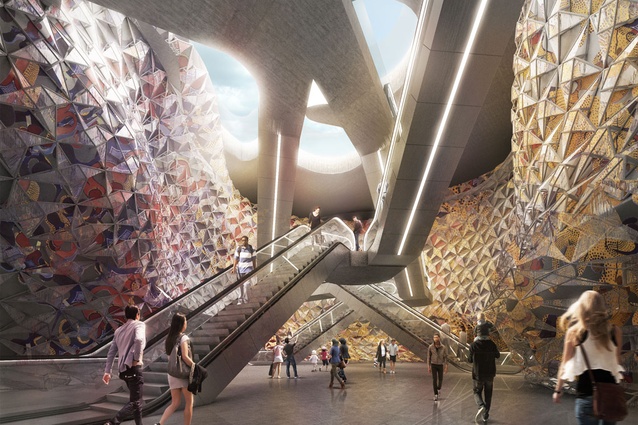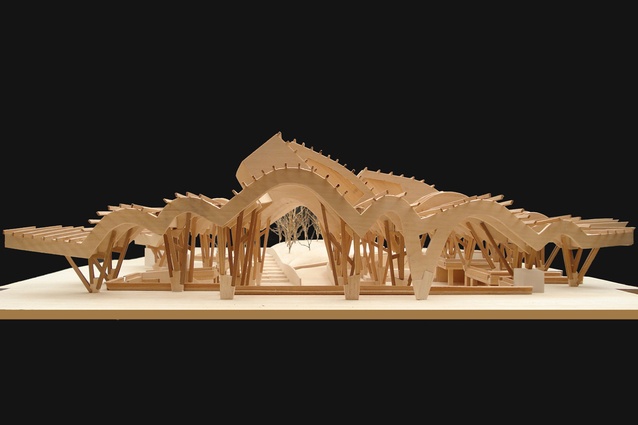In:situ series #4: Igor Peraza
Benedetta Tagliabue was due to fly to New Zealand for the in:situ conference but could not make it due to health reasons, instead she spoke to the conference via video-link from Barcelona, alongside fellow director Igor Peraza. Slightly jet-lagged after stepping off a plane from Dubai but still ebullient, Peraza spoke to Guy Marriage.
Barcelona-born architect Enric Miralles and Milanese architect Benedetta Tagliabue formed Miralles Tagliabue EMBT in 1994. Early work in the Barcelona-based practice involved numerous entries in competitions and Igor Peraza, from Venezuela, has been a key part of the practice since its early days.
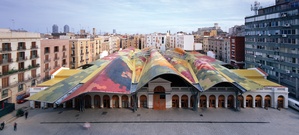
Meeting with famed Japanese architect Arata Isosaki on a project for the 1992 Barcelona Olympics, Isosaki invited EMBT to come to Tokyo and work with him on some projects. Peraza, in particular, enjoyed working in Japan so much that he stayed on in Asia, while Enric and Benedetta continued on with their work in Catalunya, described by Igor at that stage as “many projects, many models, but not many built.”
One of the projects dear to Enric’s heart was the rejuvenation of the Santa Caterina markets in the old quarter of Barcelona, not far from the Picasso Museum. The complex project hit a snag when extensive Roman ruins were found just below the surface. The entire project was put on hold for two years while the archaeologists excavated bones and mapped out the stones.
EMBT’s key competition-winning commission was the Scottish Parliament, a project designed to help the Scots govern their own destiny. It is a unique building for a highly political situation – the devolution of Scotland potentially leading to the disintegration of the United Kingdom itself. The complexity of the design beautifully reflects the intricacy of the political situation.
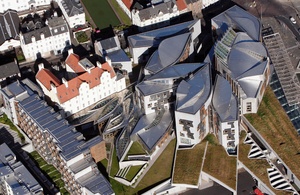
Sadly, tragically, Enric passed away in 2000, leaving the company bereft of its figurehead, with unfinished projects in multiple countries. It also left both the Santa Caterina market and the Scottish parliament projects at a perilous stage. While Scottish partner architect RMJM (the architects for New Zealand House in London) wanted to take over the project, EMBT elected to stay on and take it through to completion.
The project is famous (or infamous?) for the cost over-runs it suffered, but there was another calamity that befell the project as well as Miralles’ death: the attacks on the World Trade Centre in New York on Sept 11, 2001. Massive new security redesigns were ordered with equally massive effects on both time and budget.
No doubt, at the time Tony Blair’s British government was wincing at the eye-watering costs but, fifteen years down the track, the stunning, beautifully-crafted work of art remains a symbol of Scottish pride. The Santa Caterina market project was much more straightforward once the Roman remains had been exhumed. The resulting exuberant space has an undulating, tiled roof with super-sized pixellated images of fruit and flowers over the food, wine and Roman ruins below. Tasty!
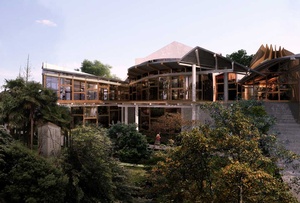
In 2007, EMBT won the competition for the Spanish pavilion at Expo Shanghai 2010. Igor moved countries again, this time to China to run the project from there. It was an exciting time to be in China – “Rem Koolhaas, Zaha Hadid: everyone was building there in Shanghai at that time. We won the competition to build the Fujian campus for the Business School, against David Chipperfield,” says Peraza.
It wasn’t only the Fujian campus that was won at that time – Peraza and the team were also awarded a commission for the Zhang Daqian museum in Neijiang, celebrating the famous Chinese painter. The museum (under construction) is as bold as the brush strokes of Picasso, who met Zhang in 1956.
EMBT loves to experiment with forms and materials to an extent that, to be perfectly honest, is virtually unseen in New Zealand. The museum’s ribs splay out like calligraphic depictions of a flower. Natural materials are experimented with – in Shanghai, external sunshading was provided by traditional basket weavers making panels from bamboo.
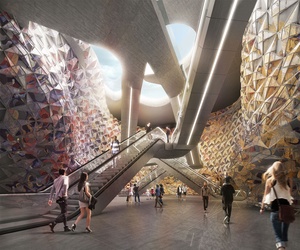
EMBT are involved in two underground Metro projects of late, with one at Clichy-Montfermeil in Paris and another in Naples. Unlike Auckland’s proposed underground stations on the Central Rail Link, neither of these stations are mere architectural window-dressing on an essentially engineering-driven project.
Instead, the EMBT designs for the two stations are a veritable riot of structural beams connecting in an exuberant interlocking structure, celebrating the intersection of underground line with surface. Oh, that we could be so free!
EMBT’s work may be like nothing we have ever seen before but, for me, it was like a breath of fresh air. Audacious, exciting, invigorating and, yes, a bit weird at times, it’s a reminder that it must be time for a visit to Barcelona, to recharge jaded architectural batteries, drink Freixenet, eat jambon, and party hard.

